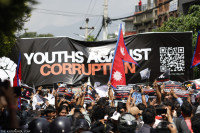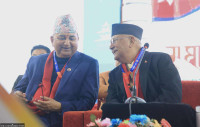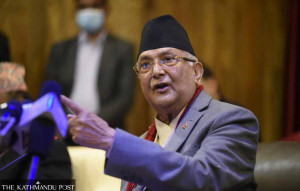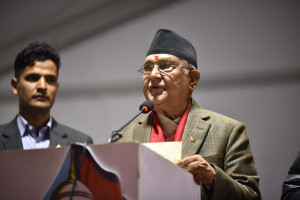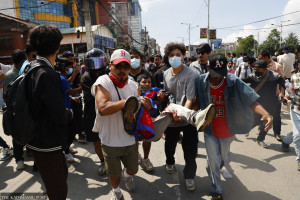Editorial
The pariah problem
PM Dahal’s suggestion that discrimination against Dalits will end with federalism is too simplistic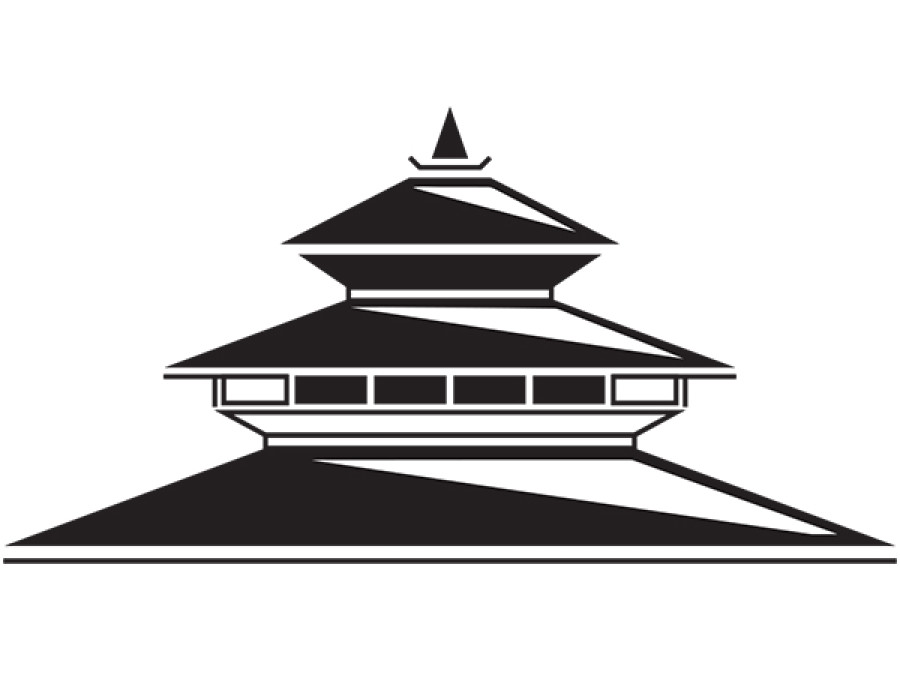
Last month, a nine-year-old Dalit boy in Surkhet was severely beaten for entering the kitchen of a so-called “upper caste” family. Last year, a Dalit woman in Kavre was physically assaulted and allegedly force-fed human faeces over witchcraft accusations; her dead body was found four days later. That horrible incidents like these persist in the country speaks volumes about the internalisation of the oppressive ideology against Dalits.
The Dalit liberation movement in Nepal started about six decades ago, and as far as the law is concerned, Dalits have achieved equal status. The Caste-based Discrimination and Untouchability Act 2011 criminalises caste-based discrimination and untouchability in both the private and public spheres. But given that caste-based crimes are still occurring, it is obvious that simply having equal legal status is inadequate to change the very fabric of Nepali society that perpetuates such discrimination.
Despite provisioning proportional representation of Dalits in Parliament, there is only 7 percent representation—a disproportionate figure considering that Dalits make up 13 percent of the national population. Dalits’ representation in the civil service is equally poor. The Dalit communities, particularly in rural areas, continue to face mistreatment in various forms. Because a large proportion of them are impoverished, due to centuries of discrimination, they are forced to work under degrading conditions.
Recently, Kathmandu saw the South Asian parliamentarians’ conference on Dalit concerns, organised by the Asian Dalit Rights Forum. Lawmakers from numerous countries deliberated on the discrimination against Dalits. They presented Prime Minister Pushpa Kamal Dahal with a ‘Kathmandu Declaration of Solidarity’, pledging to call upon various government- and non-government bodies to end caste-based discrimination and untouchability. PM Dahal acknowledged the plight of the Dalit populace, and blamed monarchy and the previous unitary state structure for it.
But if monarchy and a unitary state structure were the culprits, why does the problem persist? And where does the solution lie? It lies—Dahal argued rather simplistically—in the new federal democratic state structure. Yet, this age-old social problem cannot merely be addressed by a new federal system of governance. And while passing laws against untouchability was obviously necessary, it is still not enough to tackle the gravity of the problem. There is a need for a robust enforcement mechanism to make sure these laws are upheld. At the same time, various policies and programmes to promote equity and equality must be introduced. There is a dire need for a change in attitude about caste-related issues in our society.




 10.12°C Kathmandu
10.12°C Kathmandu
